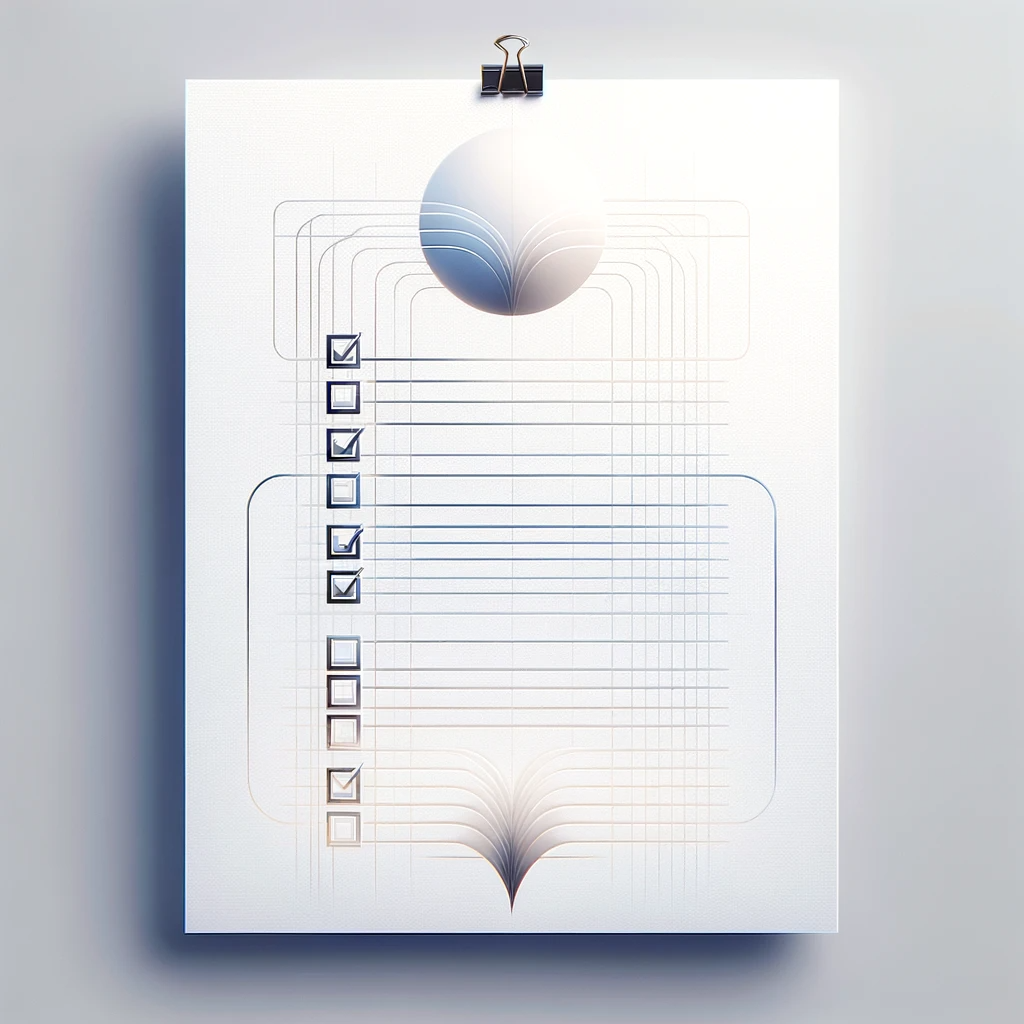Conventional wisdom holds that lower interest rates mean higher home prices, however, given the current supply and demand conditions in housing, “prices could soften in the future if borrowing costs fall to levels that change borrower behavior,” according to a report by DoubleLine.
As the yields on U.S. Treasury bonds began their meteoric rise more than two years ago, calls for a drop in U.S. home prices were a dime a dozen. Most market forecasters have been swayed by a simplistic formulation that higher interest rates mean lower home prices, or the corollary, lower rates mean higher prices.
According to Ken Shinoda, Portfolio Manager at DoubleLine who signs the report, “this naive theory” treats housing prices as analogous to fixed-coupon bond prices, which move inversely with interest rates.
However, the housing market is not that simple. Forming a perspective on housing prices requires digging deeper than single factors such as home prices and mortgage costs, into the dynamics of supply and demand.
In the current market, what Shinoda calls a “rate paradox” occurs with one of the constraints on supply being the “lock-in effect” due to widespread mortgages at 3%-4% rates, hundreds of basis points below new mortgage commitment rates, a legacy of the glory days of quantitative easing.
After a sharp rise in rates on new mortgages, these low-interest legacy mortgages are so valuable that homeowners are very reluctant to move and put homes on the market.
Nonetheless, a recession could increase the supply of housing through new foreclosures, but loss-mitigation strategies developed after the Global Financial Crisis, such as loan modifications and mortgage forbearance widely used during the recent pandemic, are expected to restrict supply to a greater extent compared to other recessionary periods.
“The historical precedent indicates that recessions do not inherently lead to decreases in home prices; in fact, during most of the post-war recessions, home prices either remained stable or experienced an increase, as evidenced by the savings and loan crisis and the dot-com bust,” says the report.
Lower mortgage rates could soften home prices, says Shinoda’s report, calling it “an ironic twist”.
More affordable financing could incentivize would-be sellers who have been stubbornly locked into 3%-4% mortgages. There is a ‘magic number for fixed mortgage rates’ that could unfreeze the housing market.
“A price that brings together willing buyers and sellers, a market-clearing price,” says the expert, simplifying it to 5%.
The supply and transaction volume triggered by mortgage rates in the 5% zone might decrease home prices nationwide or at least stabilize them.
In the case of the “magic number,” the expert expects sideways price behavior. He anticipates that the supply would be good for the market, good for both buyers and sellers.
Additionally, the supply would be good for the economy, as housing activity is not just about buying and selling homes, but all the associated expenses, such as home renovation, repair, and the purchase of new appliances and furniture. New home construction would also likely rebound as transaction volume picked back up.
This is a summary of the report, to read it in its entirety you must access the following link.




